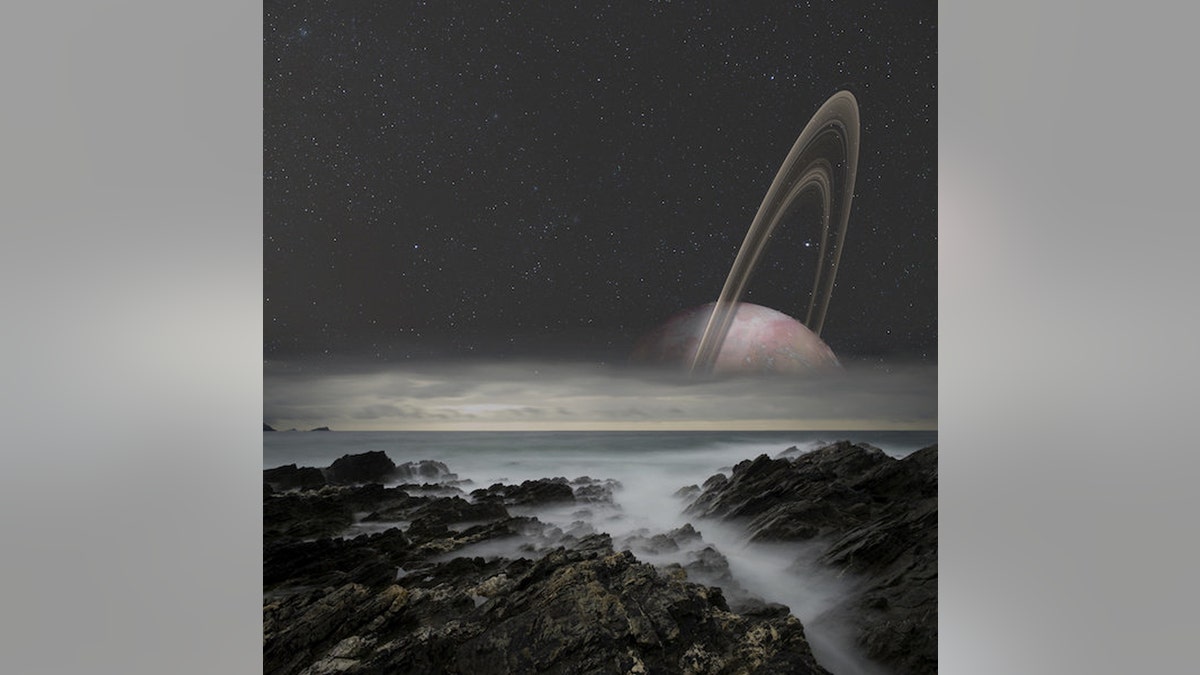Fox News Flash top headlines for June 5
Fox News Flash top headlines for June 5 are here. Check out what's clicking on Foxnews.com
Forget about love. Scientists want to know: Are we looking for life in the wrong places?
An astrophysicist at the U.K.'s University of Lincoln says that exomoons, moons which orbit planets outside of our solar system, could contain liquid water and therefore, support life.
"These moons can be internally heated by the gravitational pull of the planet they orbit, which can lead to them having liquid water well outside the normal narrow habitable zone for planets that we are currently trying to find Earth-like planets in," Dr. Phil Sutton said in a statement. "I believe that if we can find them, moons offer a more promising avenue to finding extra-terrestrial life."
ROGUE 'FORBIDDEN' PLANET FOUND IN 'NEPTUNIAN DESERT'
So far, there have been 4,000 exoplanets discovered, but Sutton suspects that "only a small proportion of these are likely to be able to sustain life," but some of the large ones, particularly gas giants such as the Milky Way's Jupiter and Saturn, could be in the "habitable zone" of their stars.

Artist's concept of a moon orbiting a ringed planet. (Credit: marcel / Adobe Stock)
The habitable zone is defined as "the orbital region around a star in which an Earth-like planet can possess liquid water on its surface and possibly support life."
Sutton, who published his research in the Monthly Notices of the Royal Astronomical Society journal, posited whether exoplanet J1407b, could have a moon capable of supporting life.
Discovered in 2012, J1407b is an exoplanet which has rings that are 200 times the size of Saturn. NASA has previously described it as a "Super Saturn."
18 NEW EARTH-SIZED EXOPLANETS POP UP IN OLD KEPLER PLANET-HUNTING DATA
Sutton ran computer models to look at the planet and its rings. He then added a moon at various ratios to see if it causes gaps to form and did find that particles along the ring edge scattered. A similar observation has been made with Saturn and its moon Mimas.
The list of exomoons is significantly smaller than the list of exoplanets. In 2018, NASA's Kepler and Hubble space telescopes spotted evidence of a Neptune-size satellite orbiting exoplanet Kepler-1625b.
According to Space.com, there could be as many as 100 exoplanets that have exomoons. By comparison, there are more than 150 moons for just the eight planets in the solar system, according to data compiled by NASA.

